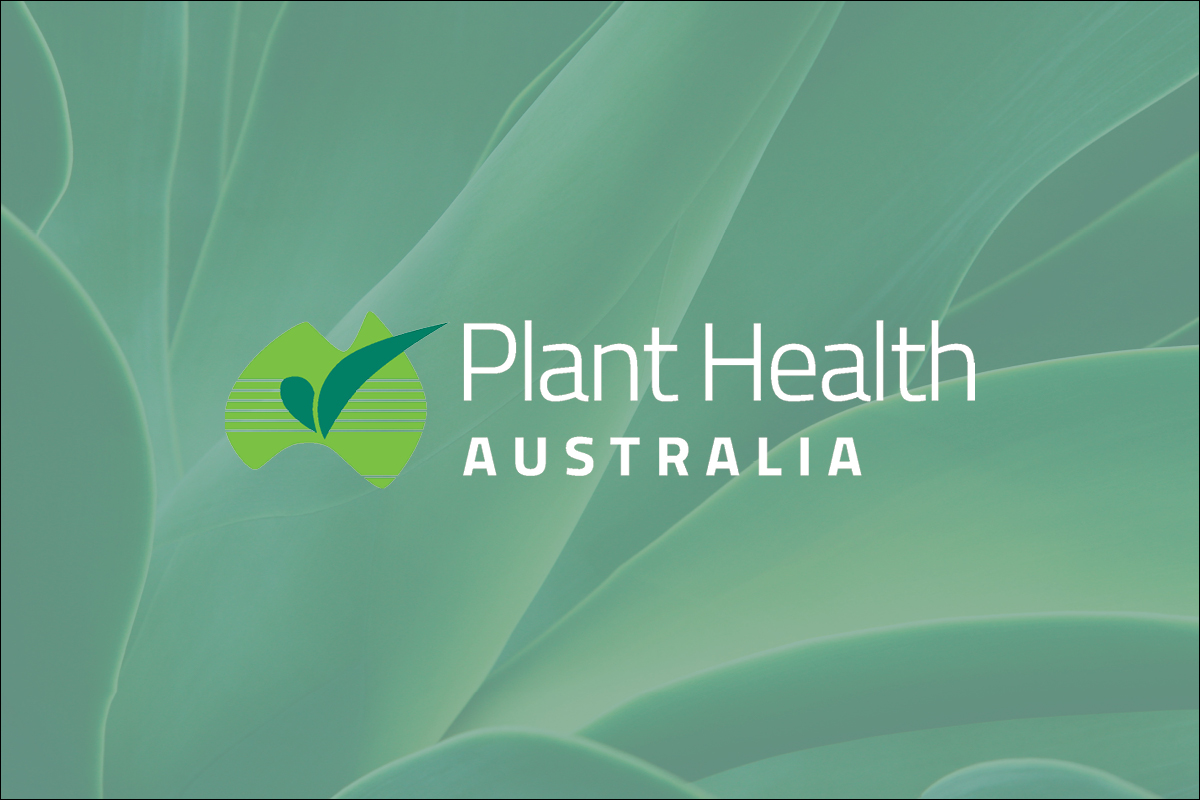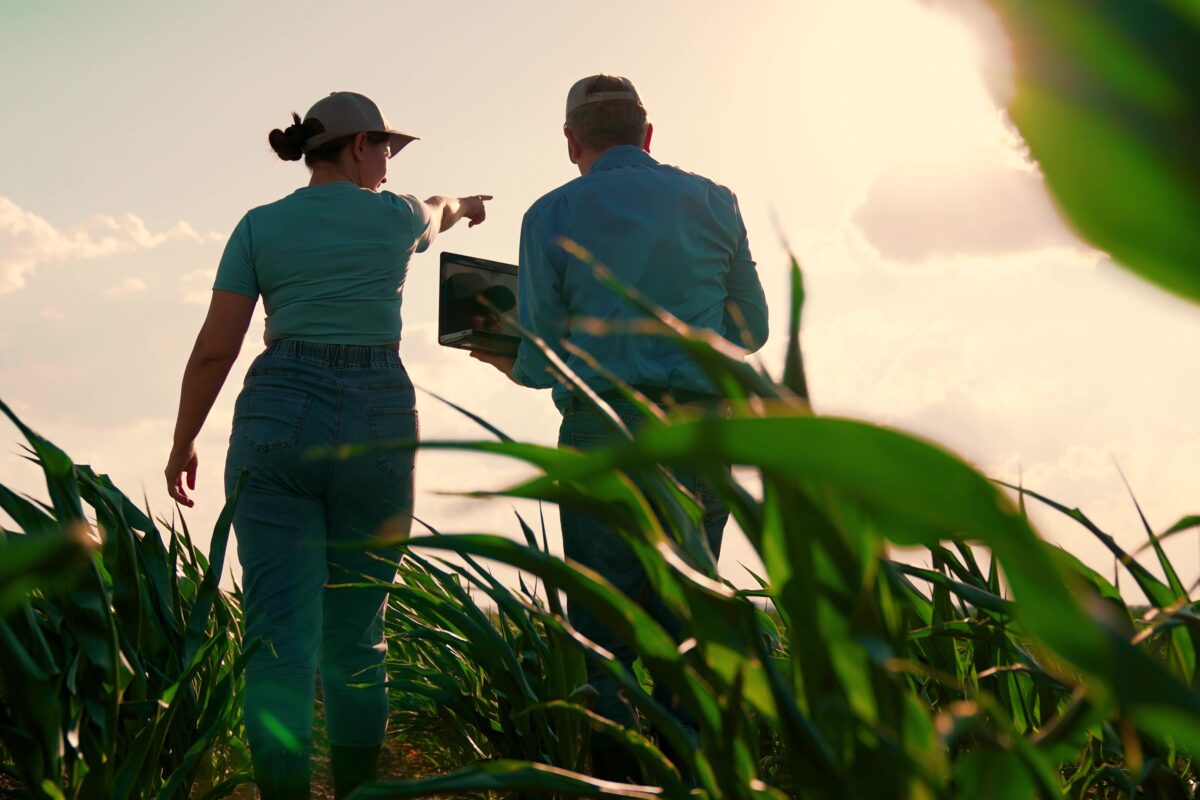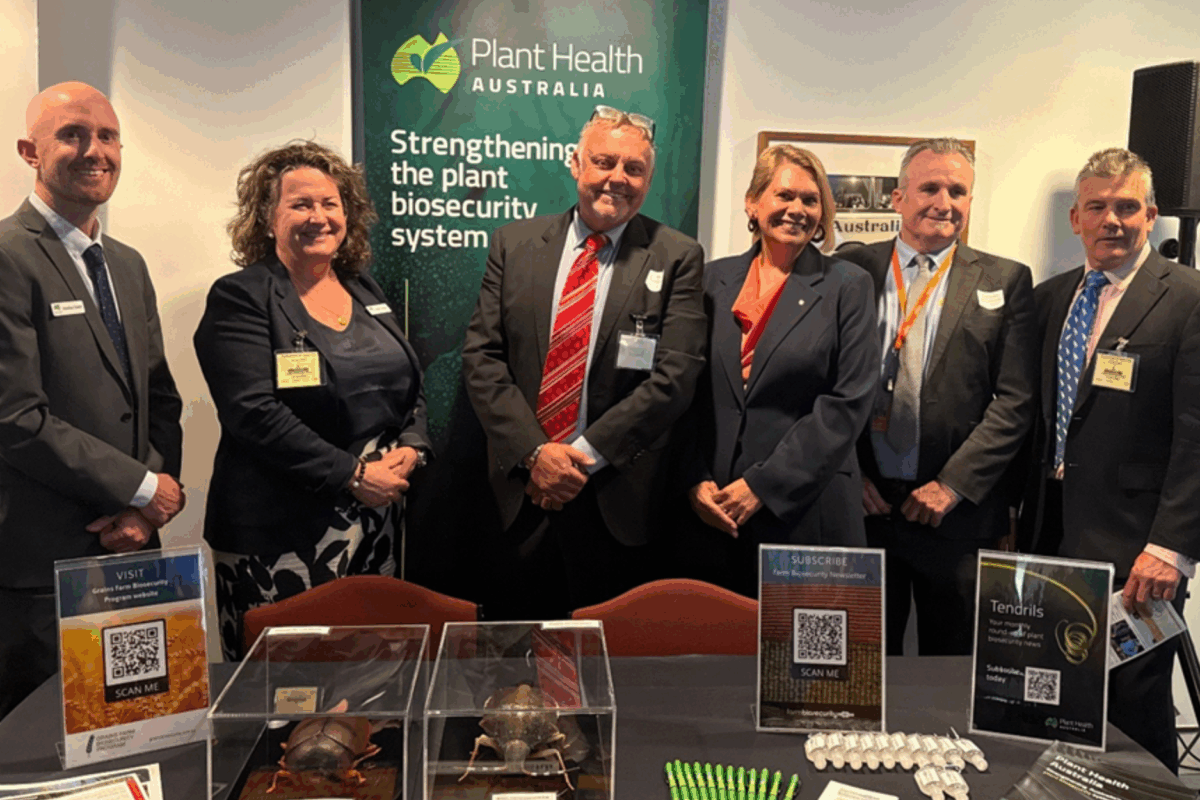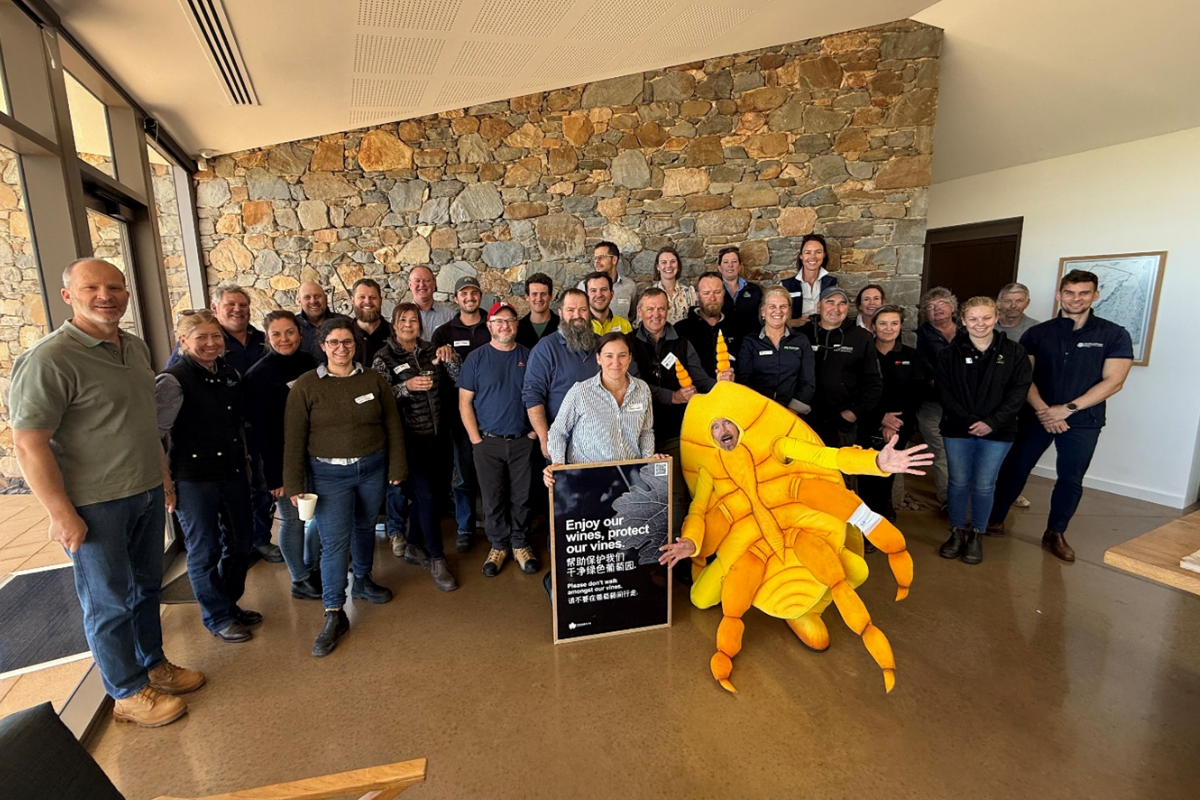Message from the CEO
May has proven to be a month of strategic momentum and meaningful progress for PHA. From high-level Member engagement in Adelaide to national collaboration, our work continues to demonstrate the strength of an integrated biosecurity system.
Our PHA Member Meetings, including the Plant Industry Forum (PIF), Government Members Forum, General Meeting (GM), Members Forum and Emergency Plant Pest Response Deed (EPPRD) Signatories meetings, were held from 21 – 22 May in Adelaide, South Australia. These meetings are a key highlight on PHA’s calendar, and we greatly value the opportunity to engage directly with our government and industry Members. We sincerely appreciate your attendance and contribution to strategic discussions.
We are currently seeking Non-Executive Directors to join the PHA Board. This is an exciting opportunity for skilled professionals to help guide our organisation at a critical time for plant biosecurity. Applications close on Monday, 2 June 2025. Follow the link for more information and how to apply.
Earlier in May, I attended the launch of the Australian Research Centre (ARC) for Plant Biosecurity with Dr Lucy Tran-Nguyen, General Manager, Resilience and Innovation. ARC represents a collaborative model that aligns closely with PHA’s approach over the past 25 years of bringing together government, industry, researchers, and educators to strengthen the plant biosecurity system. From growers and governments to universities and frontline diagnosticians, we all have a critical role to play. When we work together, we amplify our collective impact. I am excited about PHA’s ongoing collaboration with ARC in co-designing programs that focus on extension, adoption and communication.
On 12 May, we also marked the International Day of Plant Health (IDPH), which is a global initiative led by the United Nations to raise awareness of the critical role plant health plays in sustaining life, protecting biodiversity, supporting economies, and securing our future. At PHA, we recognise that innovation, surveillance, and collaboration are essential to building a resilient biosecurity system. Read more about how our partnership projects are helping to safeguard Australia’s plant health system.
I also had the privilege of attending the recent Biosecurity Partners Forum in Queensland, which brought together 40 stakeholders from across the country to discuss the 25-year blueprint for Queensland’s primary industries, focusing on innovation and collaboration to increase the value of QLD’s primary industries. Read more here.
Another remarkable milestone is that AUSPestCheck®, our flagship digital surveillance system, has now surpassed 10 million uploaded records. This innovative platform collects, analyses, and displays real-time plant pest surveillance data, enhancing national visibility, coordination, and preparedness. By connecting surveillance efforts across the country, AUSPestCheck® supports faster, more informed responses to emerging biosecurity risks. Read more about AUSPestCheck®.
On the marketing and communications front, I am very excited to share that PHA has now surpassed 8,000 followers on LinkedIn, reflecting a 7% growth since December 2024. This continued growth highlights the increasing engagement with our work and the importance of plant biosecurity across our networks. Thank you to our growing community for engaging with our work and sharing our message far and wide.
On the biosecurity front, the Affected Industry and Government Parties continue to work together on the response to Tomato brown rugose fruit virus (ToBRFV), which was detected in the Northern Adelaide Plains. A second detection of ToBRFV was also reported in Victoria. The National Management Group (NMG) met yesterday and determined that it is no longer technically feasible to eradicate ToBRFV from Australia. Work is now underway nationally to transition from eradication to long-term management. PIRSA is collaborating with interstate counterparts and industry to develop a strategy that focuses on optimising trade and yield while minimising further spread of the virus. This serves as a critical reminder of the need for rigorous on-farm biosecurity, rapid detection, and coordinated national action to prevent the spread of high-impact plant pests to protect our agricultural industry. Read the NMG communiqué here.
Across the country, Australians are doing their part towards protecting our nation from exotic pests and diseases. From primary producers and growers implementing sound biosecurity practices, to community groups protecting our nation from biosecurity threats, to those working on the frontline, the Australian Biosecurity Awards (ABAs) recognise and celebrate people committed to supporting and promoting our biosecurity system. PHA are once again proud sponsors of the Farm Biosecurity Producer of the Year category. Nominations for the ABAs are open and will close on Monday 30 June. Visit the website to find out how to submit your nomination.
A quick reminder that PHA will be attending Hort Connections in Brisbane from 4–6 June. We look forward to connecting with industry and learning about the latest research and innovations shaping Australian horticulture. If you’re attending, be sure to visit us at our booth in the exhibition area – we’d love to say hello, share updates on our work, and talk all things plant biosecurity.
As always, I’m proud of the work our team and Members are doing across Australia to protect our plant industries. Thank you for your continued partnership and support.
Regards
Sarah Corcoran





